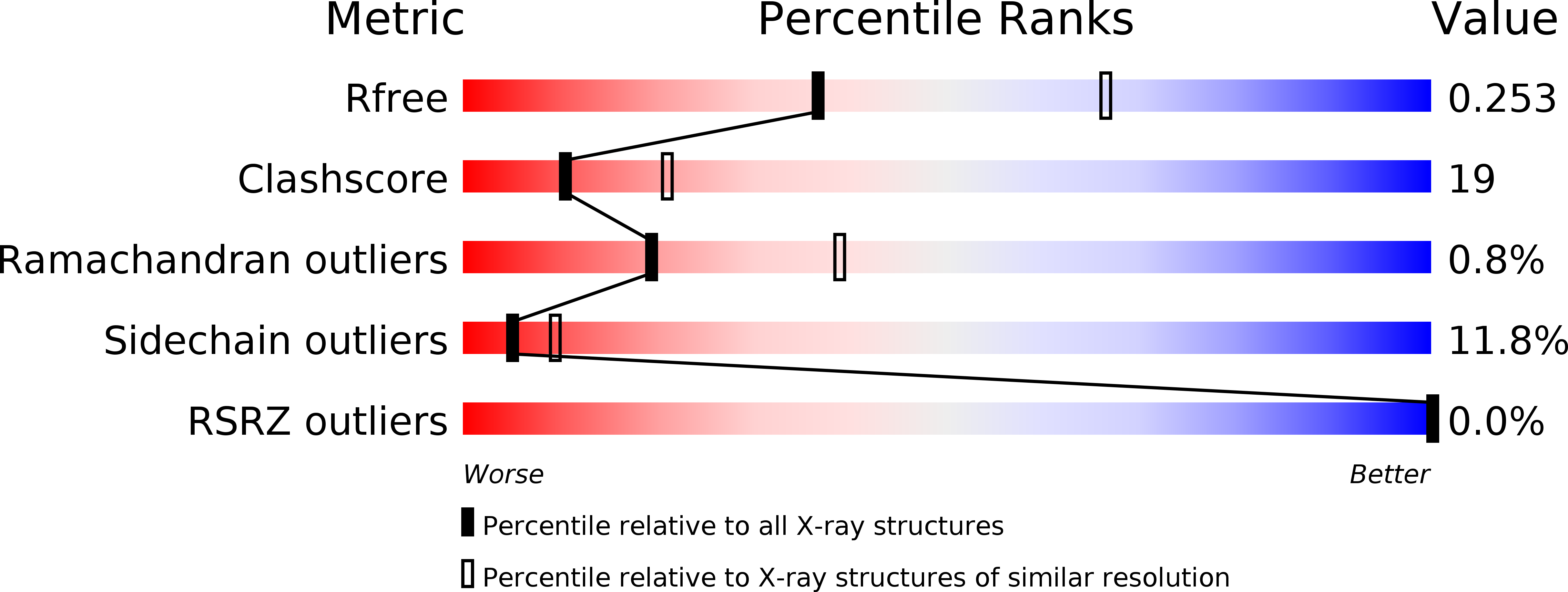
Deposition Date
2008-11-14
Release Date
2009-01-27
Last Version Date
2023-12-27
Entry Detail
PDB ID:
3FA3
Keywords:
Title:
Crystal structure of 2,3-dimethylmalate lyase, a PEP mutase/isocitrate lyase superfamily member, trigonal crystal form
Biological Source:
Source Organism:
Aspergillus niger (Taxon ID: 5061)
Host Organism:
Method Details:
Experimental Method:
Resolution:
2.60 Å
R-Value Free:
0.25
R-Value Work:
0.19
R-Value Observed:
0.19
Space Group:
P 32


